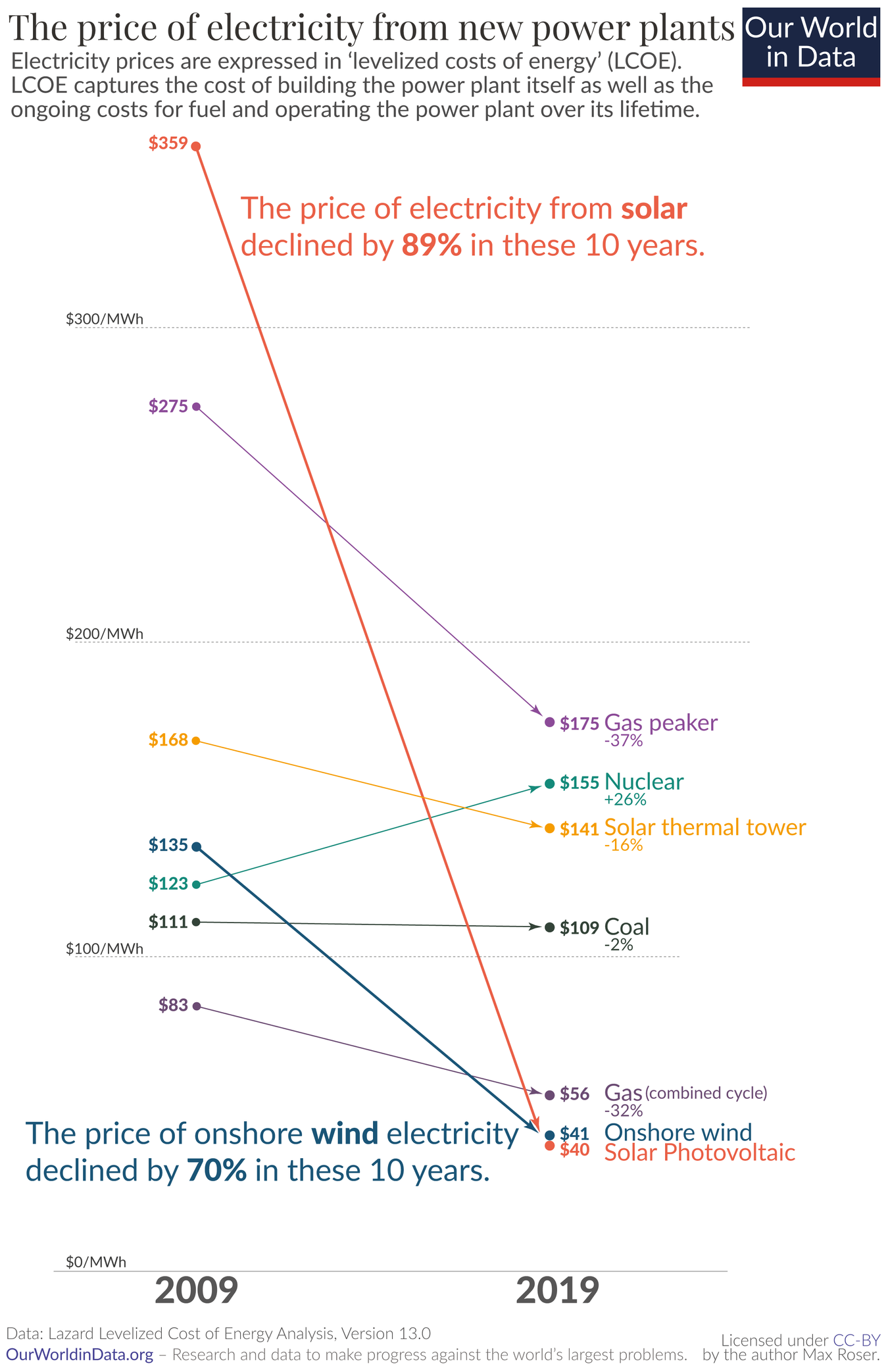Technology
This is the official technology community of Lemmy.ml for all news related to creation and use of technology, and to facilitate civil, meaningful discussion around it.
Ask in DM before posting product reviews or ads. All such posts otherwise are subject to removal.
Rules:
1: All Lemmy rules apply
2: Do not post low effort posts
3: NEVER post naziped*gore stuff
4: Always post article URLs or their archived version URLs as sources, NOT screenshots. Help the blind users.
5: personal rants of Big Tech CEOs like Elon Musk are unwelcome (does not include posts about their companies affecting wide range of people)
6: no advertisement posts unless verified as legitimate and non-exploitative/non-consumerist
7: crypto related posts, unless essential, are disallowed
view the rest of the comments

You do realise solar and wind gets pricier and pricier to integrate as the level of steerable capacity decreases?
What you are looking at here is “cost to install ‘rated capacity * load factor’”. A big part of the reason renewables are still cheaper is that we have a lot of backup steerable capacity, mainly in the form of gas plants in the west and coal plants everywhere else.
Renewables dump electricity onto the grid and then say “here, buy this!”. And the only reason the grid can respond and say “sure” is that it can tell the steerable gas and coal plants “turn off for a bit, these other plants are dumping a crap tonne of capacity onto the grid”.
Given the insane challenge in building enough storage and/or enough transmission capacity, you are going to need some steerable capacity beyond 70-80% renewable to continue to have cheap integration of intermittent renewables. Do you want that to be based on fossil fuel?
If we wanted to treat renewable capacity in the same way as we have treated other generators, we should say “I want steerable capacity between 0-1200 MW” from this field of wind turbines!”. That would force the currently externalised cost of guaranteeing generation onto the builders of renewables.
Right now, a lot of the real cost is hidden elsewhere in the grid - so it’s no wonder it looks so cheap.
Please don’t misread my comment as being against renewables, which we need a lot more of. I’m against crappy accounting.
However, your point also goes ageinst nuclear as this technology is not really steerable either. It produces a base supply. The lack of quick control of nuclear plant output even led to highways beeing lit in the night in Belgium (way back) to burn off the over supply.
The only technologies that can be quickly adjusted up and down are, to my knowledge, gas, hydro an battery storage. In a strictly renewable scenario (0 fossil, 0 nuclear fisson) it is imperative to have a lot of controllable reserves. Currently the plan is to use a mix of (pump) hydro, h2 and biomass powered gas plants and batteries in all shapes and forms (li-Ion, reflow, heat...) to be able to compensate peaks. This all is way more costly than just using wind and solar and hope supply will always be higher than demand.
For those interested I always recommend the yt channel "just have a think". It has really awesome content about green technologies and the current state of affairs concerning the long and hard journey to 0 carbon.
That is honestly an urban myth that nuclear isn’t steerable. It’s not steerable in the second, but it is extremely steerable in the hour or the day, which is more than plenty given that renewables output change by the hour or day, rather than the second.
Yes it’s not frequency management - for that we have pumped storage and batteries. But it sure as shit is steerable enough for matching up with renewables. The wind doesn’t goes from Beaufort 6 to Beaufort 1 within a second.
also since fuel costs aren't really a problem for nuclear power, you can just throw away excess generation. not the best idea but perfectly possible in a pinch